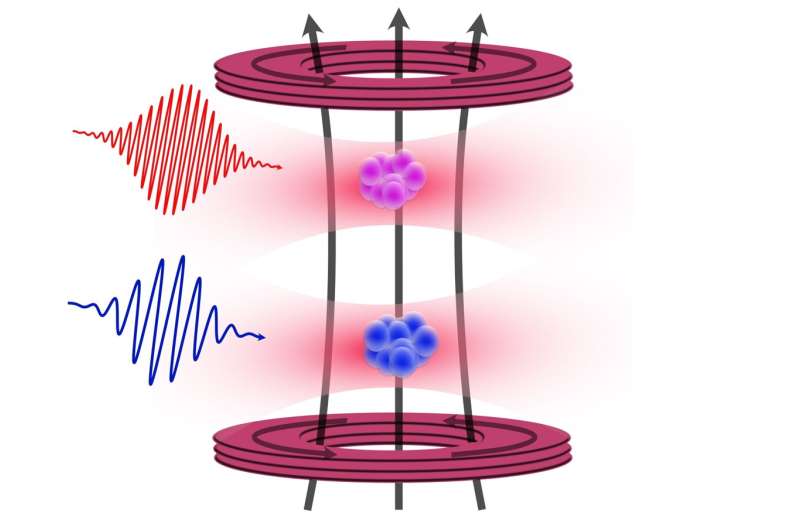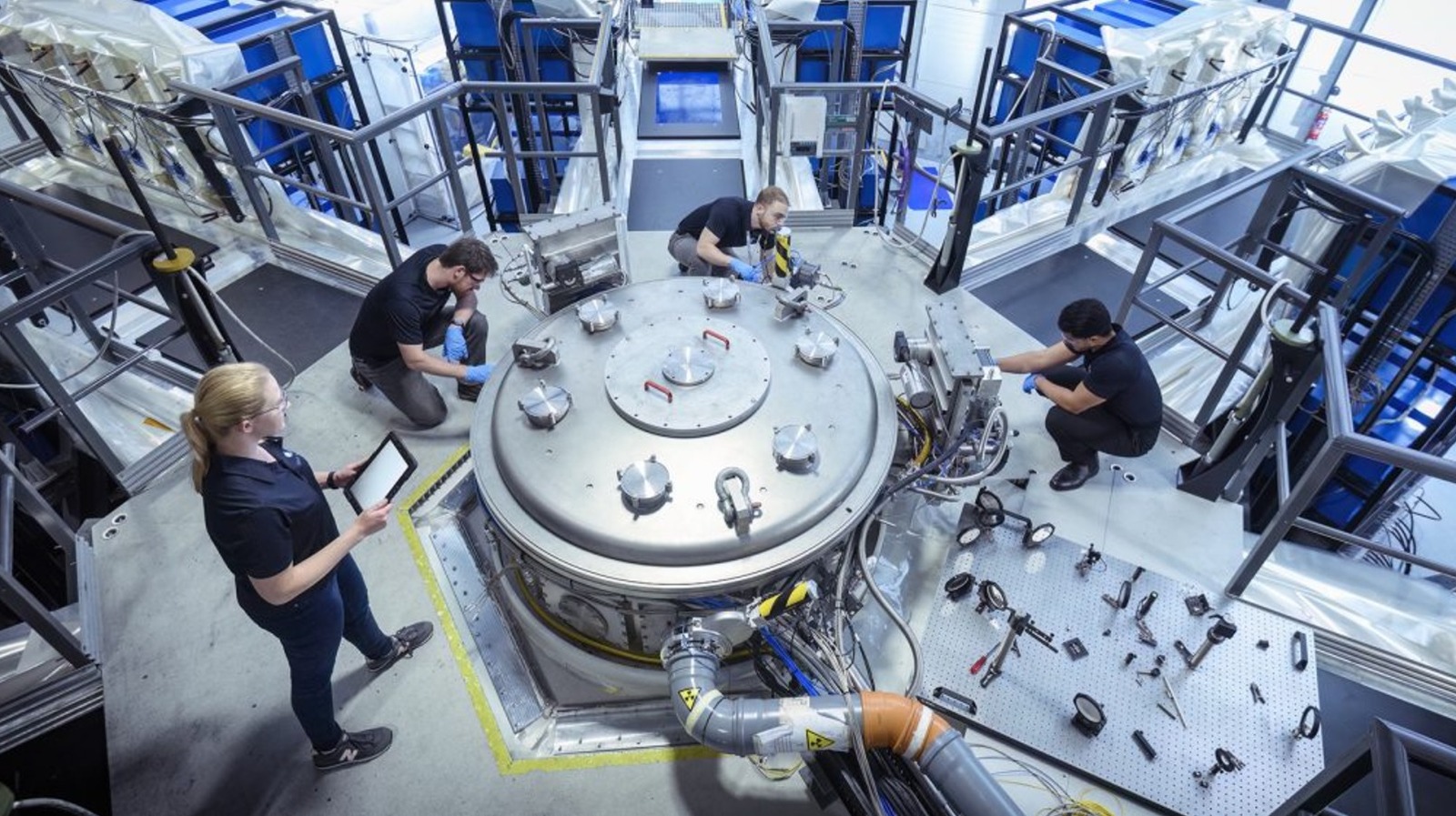As Guillermo del Toro’s new adaptation of Mary Shelley’s classic novel, *Frankenstein*, premieres on Netflix, experts are revisiting the scientific plausibility of reanimating the dead. The questions raised by Shelley’s 1818 tale resonate with modern advancements in anatomy and technology, prompting a closer look at whether a constructed being could truly come to life.
Shelley’s *Frankenstein* emerges from an era when anatomy was gaining recognition. Public dissection theatres attracted crowds eager to witness the unfolding mysteries of the human body. During this time, electricity sparked curiosity, leading to experiments that suggested life might be a combination of anatomy and electrical stimulation. Notable figures such as Luigi Galvani conducted experiments that caused frog legs to twitch when stimulated with electricity, while Giovanni Aldini demonstrated similar effects on executed criminals. These early explorations laid the groundwork for Shelley’s narrative, which captured the spirit of scientific inquiry of her time.
The primary challenge for modern attempts at reanimation lies in the logistics of assembling a body. In the novel, Victor Frankenstein scavenges remains from graveyards, carefully selecting bones and tissues. From a biological standpoint, this approach encounters significant hurdles. Once removed from the body, tissues begin to deteriorate rapidly; muscle fibers lose integrity, blood vessels collapse, and cells, lacking oxygen, succumb to necrosis within minutes. Even refrigeration can only preserve tissue viability for a few hours, making organ transplantation a complex and time-sensitive endeavor.
To successfully reattach limbs or organs, intricate surgical procedures known as anastomosis are necessary. This involves reconnecting arteries, veins, and nerves using microsutures that are finer than a human hair. Estimates suggest that constructing a viable body could necessitate over 200 surgical connections. Furthermore, tissues must be matched to prevent immune rejection, and the entire system must remain sterile and supplied with blood to avert tissue death.
Once a body is assembled, could electricity breathe life into it? The principle behind Galvani’s experiments is misleading. While electricity can stimulate nerve membranes, it merely provokes existing cells to fire, creating a transient simulation of life rather than genuine restoration. Defibrillators illustrate this concept: they reset a fibrillating heart, but only when the organ is already alive and capable of conducting signals. Once cellular death occurs, the body’s internal chemistry collapses, rendering any electrical intervention ineffective.
The question of consciousness is equally complex. The human brain, which requires a constant supply of oxygen-rich blood and glucose, cannot function without the right environmental conditions. Once removed from the body, brain tissue remains viable for only six to eight hours. Cooling techniques, currently employed in medical practices following strokes or in premature infants, can prolong brain viability. While it may be theoretically possible to transplant a brain rapidly, the severed spinal cord would result in paralysis, devoid of sensory input or movement.
Controversial surgeon Sergio Canavero has proposed that human head transplants could lead to “extreme rejuvenation,” but this concept raises profound ethical concerns. Reconnecting all peripheral nerves, in addition to the spinal cord, remains a feat beyond contemporary medical capabilities.
While modern medicine has made strides in organ transplantation and sustaining life through mechanical support, these interventions only address the maintenance of existing biological systems rather than the creation of life. In intensive care settings, the distinction between life and death is increasingly defined by brain activity. Once brain function ceases irreversibly, even the most sophisticated life-support systems can only preserve the appearance of life.
Shelley aptly subtitled her novel *The Modern Prometheus*, reflecting not only the ambition of scientific exploration but also the ethical responsibilities that accompany it. The failure of Frankenstein lies not in a lack of anatomical knowledge but rather in a disregard for the moral implications of creating life. Two centuries later, society continues to grapple with similar dilemmas. Advances in regenerative medicine, neural organoids, and synthetic biology challenge our understanding of life, reminding us that vitality transcends mere mechanical function. While anatomy elucidates how the body operates, it cannot explain why life holds intrinsic value.







